A is a kitchen essential, and can help you find the perfect one for your needs. It is a great way to help keep your kitchen more organized. By using a , you can easily chop vegetables and fruits and then place them into containers or bags. This not only helps keep your kitchen more organized, but it also makes cleaning up much easier.
Consider making your own ! It’s a great way to add a personal touch to your kitchen. Plus, it can be a smart option if you want to improve your woodworking skills.
Let’s take a look at the list of down below and get ready to create yours.
Table of Contents
1. Choose The Simple Design
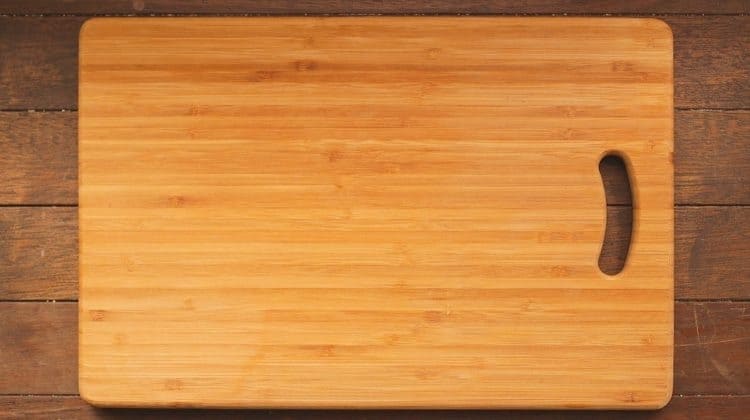
A simple alternative is to make your own using some inexpensive lumber from the hardware store. For a basic , start by two pieces of to the same size. Then, use to attach the pieces together. Once the has dried, sand the edges of the to create a smooth surface. Finally, apply a food-safe finish to protect the . You can then use it for all your food prep needs.
2.
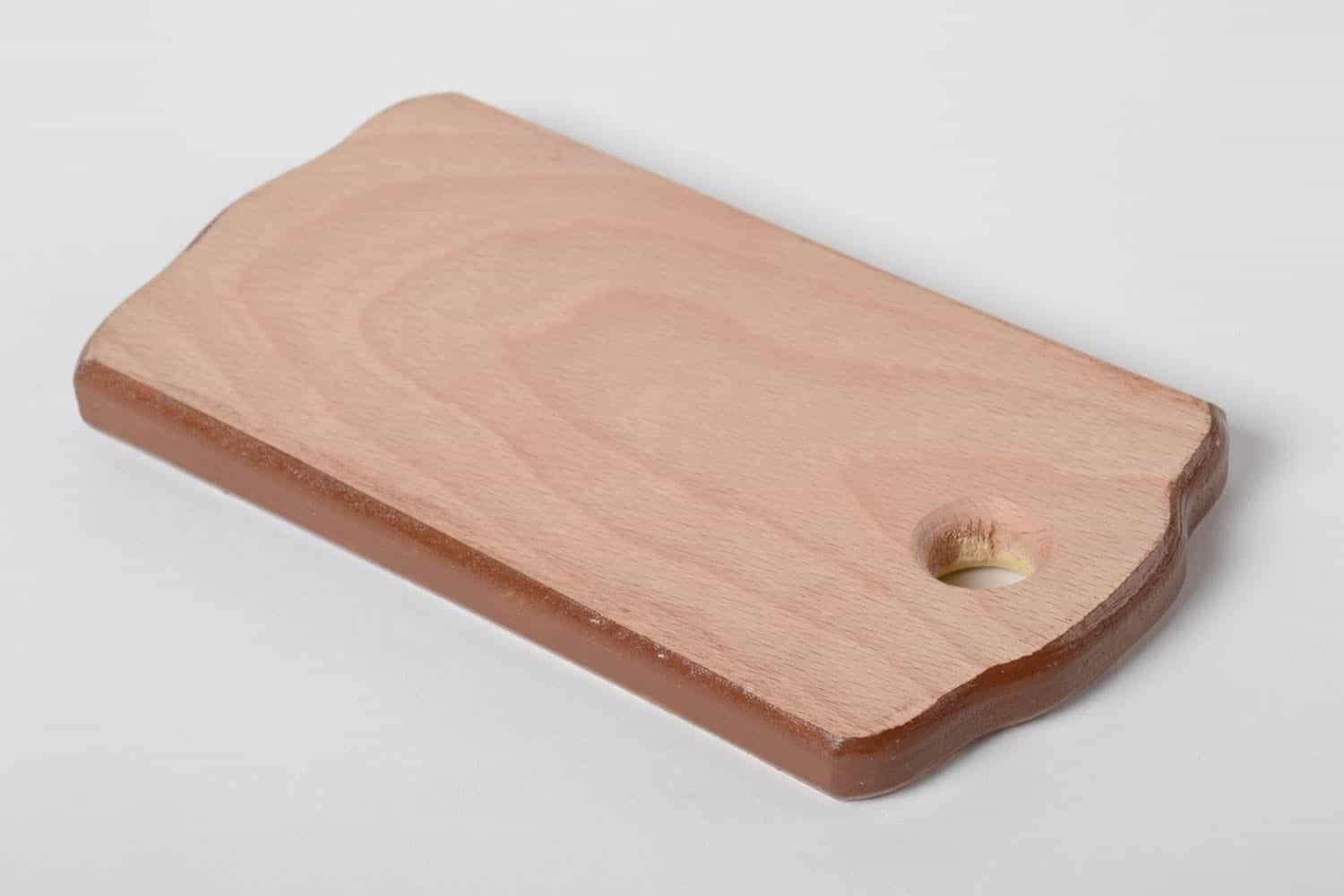
A is easy to make and can be customized to your own kitchen. You’ll need a piece of that is at least 18 inches long and 12 inches wide. The thickness of the will depend on how thick you want your to be. Once you have your piece of , sand it down until it’s smooth. Then, use a router or a saw to create a groove around the edge of the . This will help to prevent the from splitting when you’re using it. Finally, apply a food-safe finish to the and let it dry.
3. Pick The Eco-Friendly Material
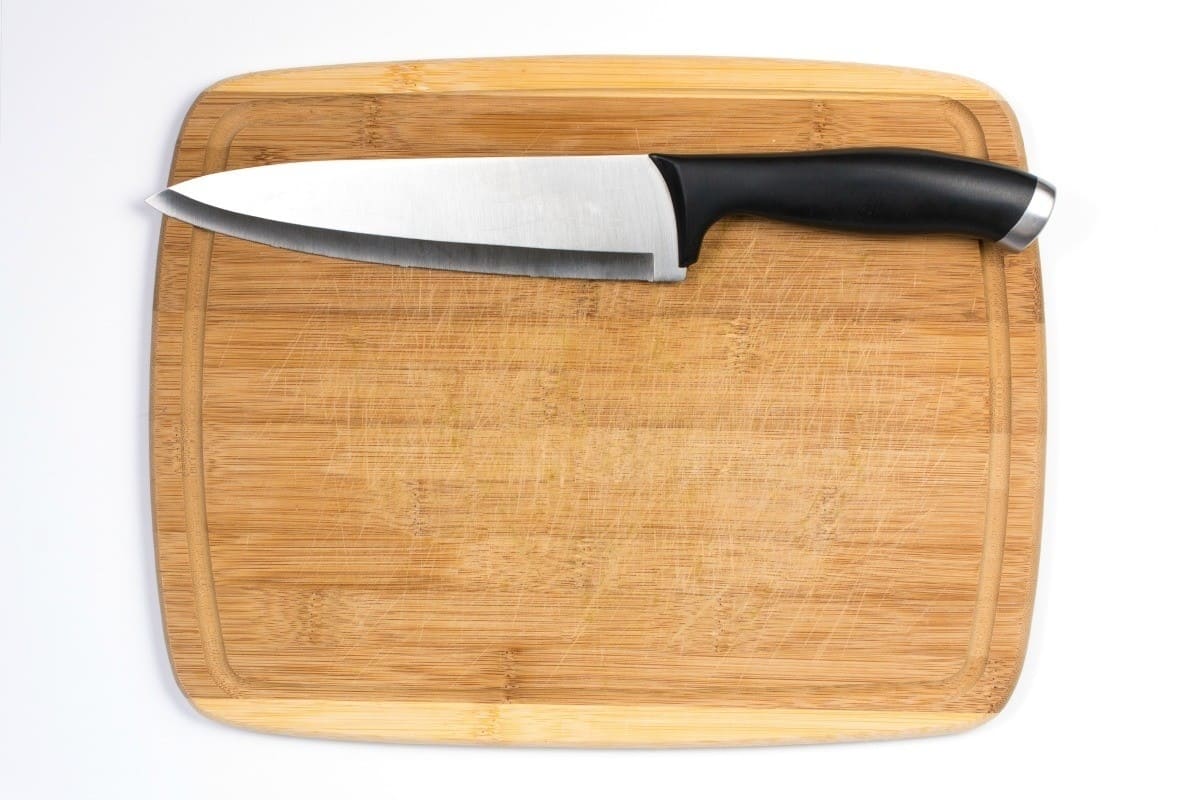
A bamboo is a great eco-friendly option for your kitchen. Bamboo is a renewable resource, so it’s a great choice if you’re looking for a sustainable option. Bamboo is also very durable, so it will last for years with proper care. If you’re looking for a that is both eco-friendly and durable, a bamboo is a great option.
There are many different ways to style your bamboo . You can leave it natural, or you can stain or paint it to match your . You can also add embellishments like handles or engraved designs.
4. Glass
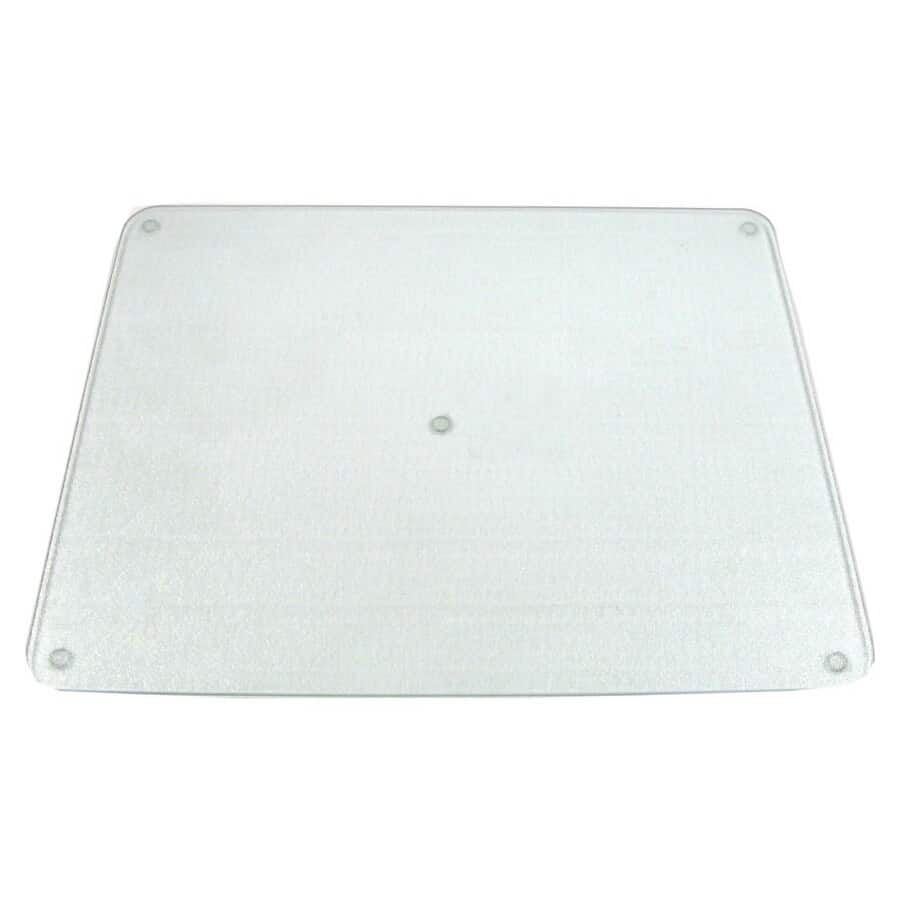
Consider creating an elegant feature that will be functional in the kitchen. A glass is a stylish and elegant addition to any kitchen. It also has the added benefit of being easy to clean and bacteria-resistant. If you’re looking for a unique DIY gift idea, consider making a glass . You’ll need a piece of tempered glass and some rubber feet or pads. To make the , simply measure and cut the glass to the desired size. Then, attach the rubber feet or pads to the bottom of the glass.
5. Plastic
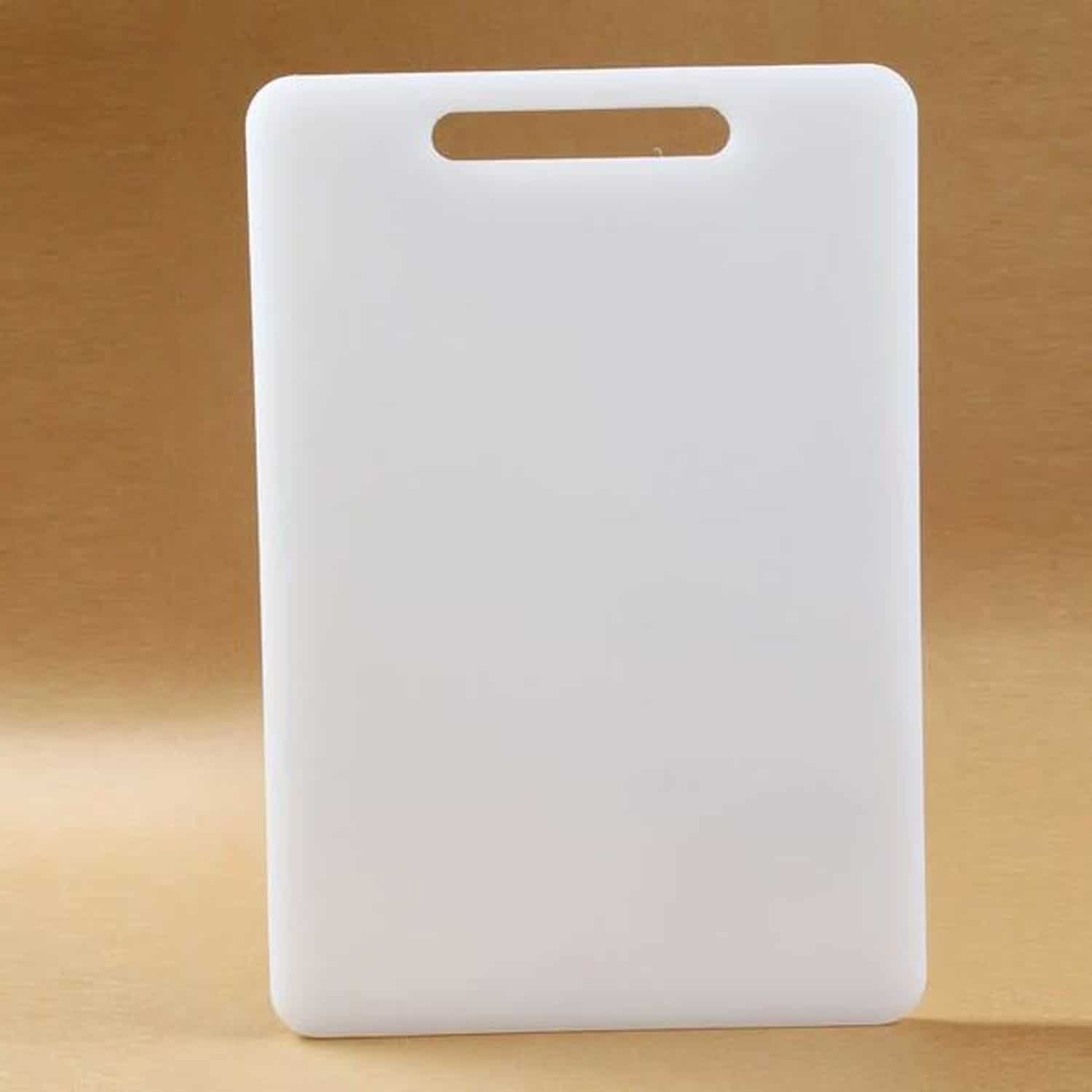
A plastic is one of the most versatile tools in your kitchen. Whether you’re using it to chop vegetables or carve a roast, it can help you get the job done quickly and easily. One easy way to personalize your is to add a design. Stencils can be used to create all sorts of patterns, from geometric shapes to flowers. Simply choose a design that you like and use it as a guide when out your new .
6. Add an Elegant Hint
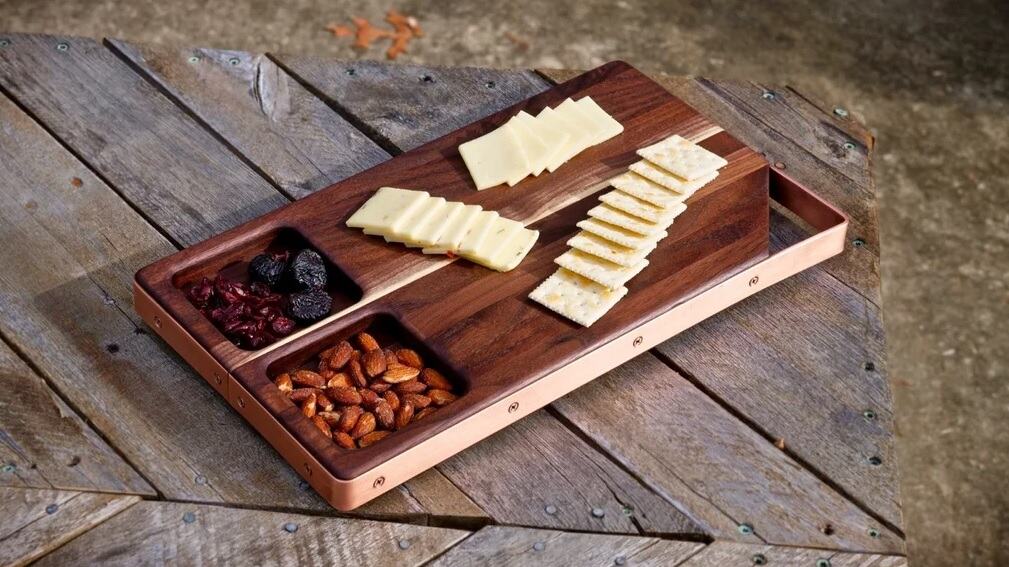
Adding a copper to your kitchen is a great way to add a touch of style. Copper is a beautiful metal that will patina over time, adding even more character to your . This project is a great way to upcycle an or create a new one from scratch. Here are the supplies you’ll need:
- Hardwood of your choice
- Wood Glue
- 1″ x ⅛” x 60″ Copper Bar
- Copper-Plated Screws
- Mineral Oil
To start, clean your and make sure it’s free of any grease or debris. Then, glue up serving board blank. Next, flatten serving board blank after the glue up.
Route grooves into edges of the board that will help the copper and the board connect perfectly. Then, attach copper to the serving board. Secure the copper well, sand it down to create a smooth surface. After all, apply the mineral oil and it is ready to use.
7. The Sleek Cutting Board
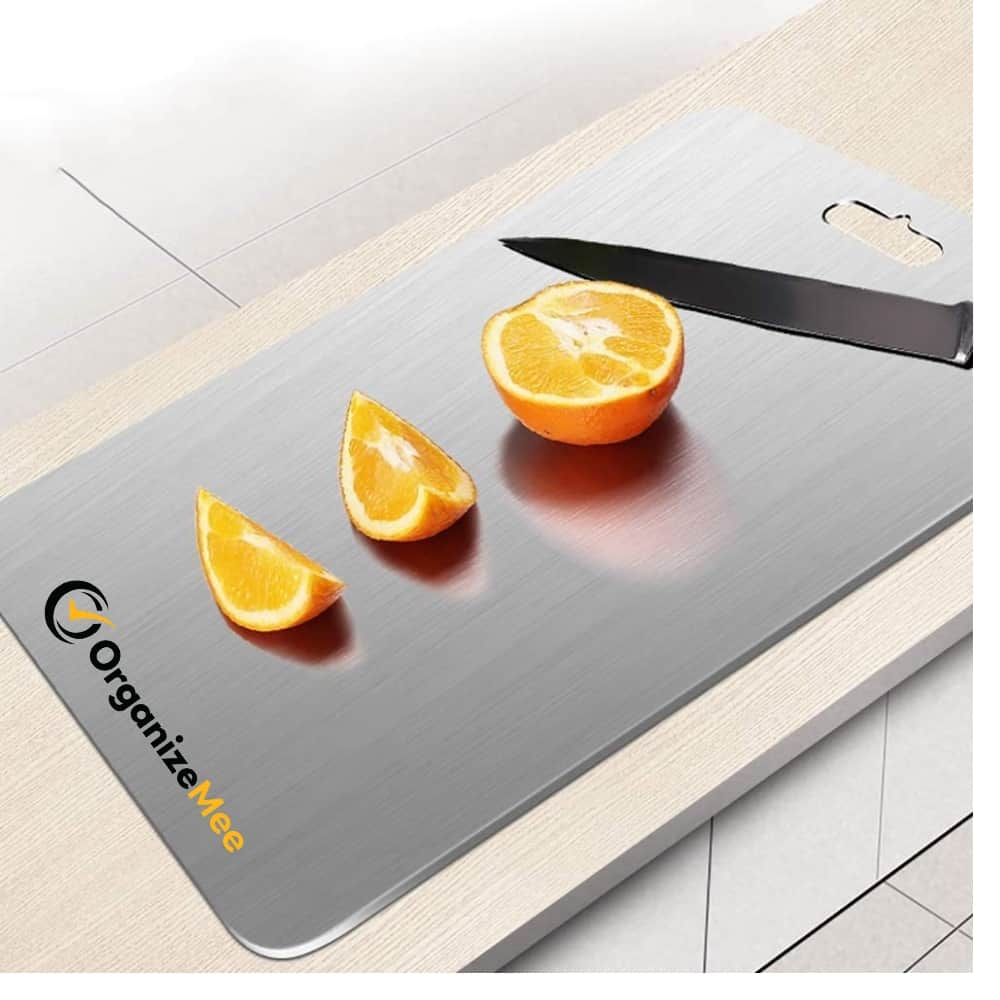
Unlike , this stainless steel is not absorbent, which won’t stain or harbor bacteria. This type of is easy to clean and extremely durable, making it ideal for busy cooks. Plus, its sleek surface can double as a serving tray for appetizers or charcuterie. To add a personal touch, try engraving or monogramming the with your initials or a favorite design.
8. The Industrial Concrete
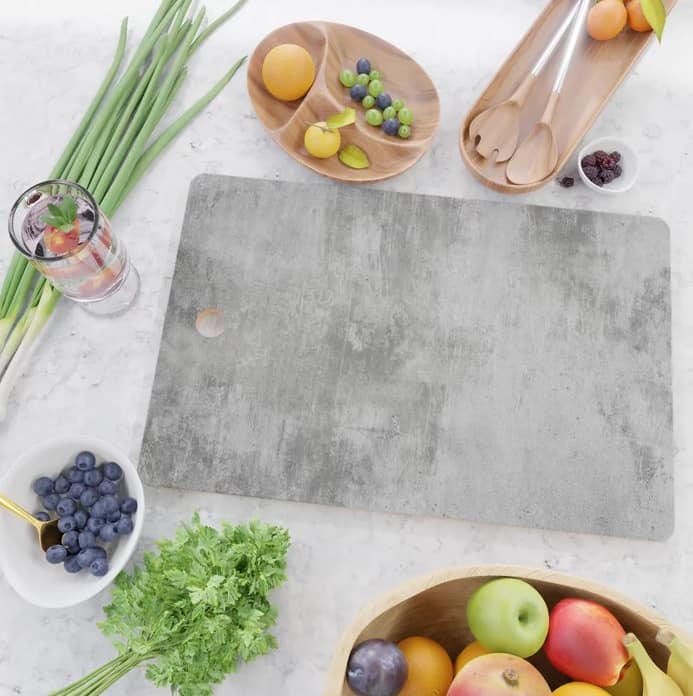
This industrial-chic is perfect for anyone who loves to cook with a bit of an edge. To create your own concrete , you’ll need a mold (a simple silicone tray works well), some concrete mix, and a few other supplies.
Once you have your materials ready, simply mix up the concrete and pour it into the mold. Be sure to smooth out the surface so that it’s nice and even. Then, allow the to cure for 24 hours before removing it from the mold.
Once your is cured, it’s ready to use. Concrete is naturally non-porous and antibacterial, which makes it an ideal material for food prep.
9. Marble

Marble are elegant and fancy, but they’re also surprisingly easy to make. All you need is a marble tile, some adhesive, and a few . Start by measuring your tile and then it to size with a wet saw.
Next, apply the adhesive to the back of the tile and then press it onto the surface of your . Once the adhesive has dried, use a router to create a groove around the edge of the tile. This will help to prevent chipping when you’re on the . Finally, sand the edges of the tile smooth and then apply a sealant to protect the surface.
10. Personalized Slate
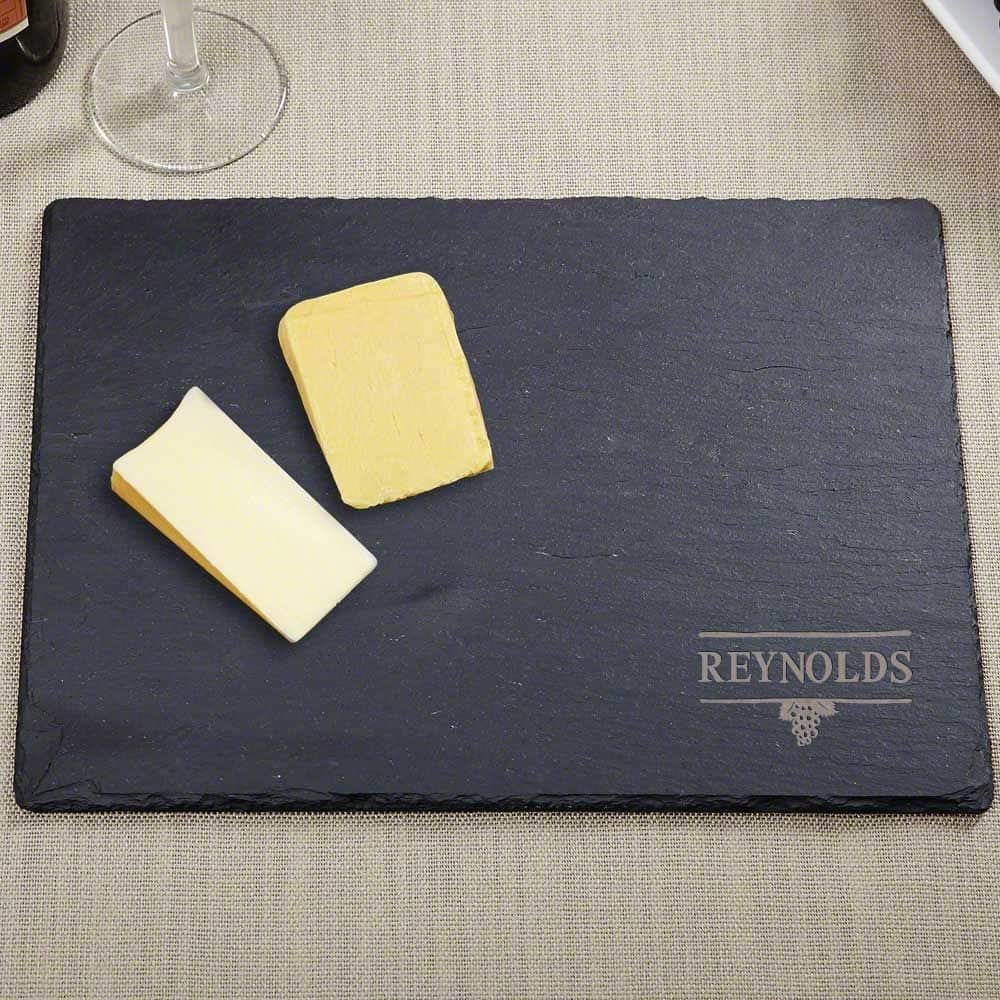
Slate is a natural material that is both durable and easy to clean. It’s also ideal for prep work since it won’t absorb flavors or odors. Plus, slate has a distinctive look that will add a touch of elegance to your kitchen.
If you’re interested in making your own slate , there are a few things you’ll need to get started. First, you’ll need to purchase a sheet of slate tile. You can find this at most home improvement stores. Once you have your slate, you’ll need to measure and cut it to size. Be sure to use a sharp knife and make straight cuts to avoid chipping the edges of your tile. After your tile is cut to size, you’ll need to sand the edges smooth with sandpaper. Then, all you have to do is apply a food-safe sealant and your slate will be ready to use.
11. Natural Cork

Cork is a wonderful material for . It’s soft, so it won’t damage your knives, and it has a natural non-slip surface. It’s also eco-friendly and sustainable. If you’re looking for a unique , why not try cork?
To make a cork , you’ll need:
- 1/2 inch thick cork sheet (You can find this at your local craft store)
- Permanent marker
- Ruler or straight edge
- Utility knife or box cutter
- (You can find this at your local kitchen store)
First, use the ruler or straight edge to measure and mark out the desired size of your . Then, use the utility knife or box cutter to cut out the shape. Be sure to cut on a protected surface, like a mat. Once your is cut out, eat the entire surface with the . This will help to protect the cork and keep it from drying out.
12. Linoleum
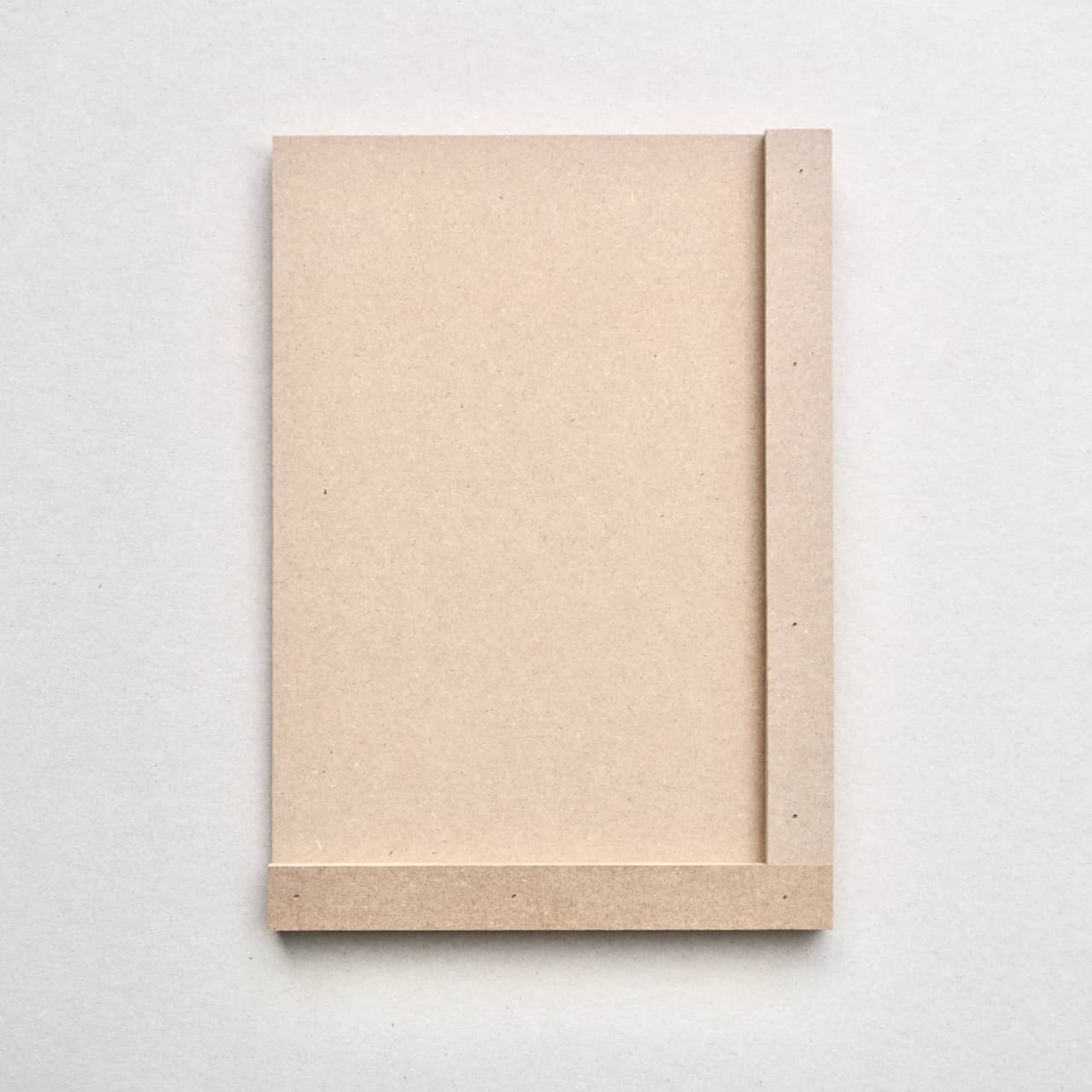
Linoleum is a durable and inexpensive material that makes an excellent . It is easy to clean and resist stains and odors. Linoleum is also non-porous, which means it won’t absorb bacteria. To make a linoleum , simply trace the desired shape onto a piece of linoleum and use a sharp knife to cut it out. Be sure to sand the edges smooth before use. For an extra-durable , coat the linoleum with mineral oil or beeswax.
13. Leather
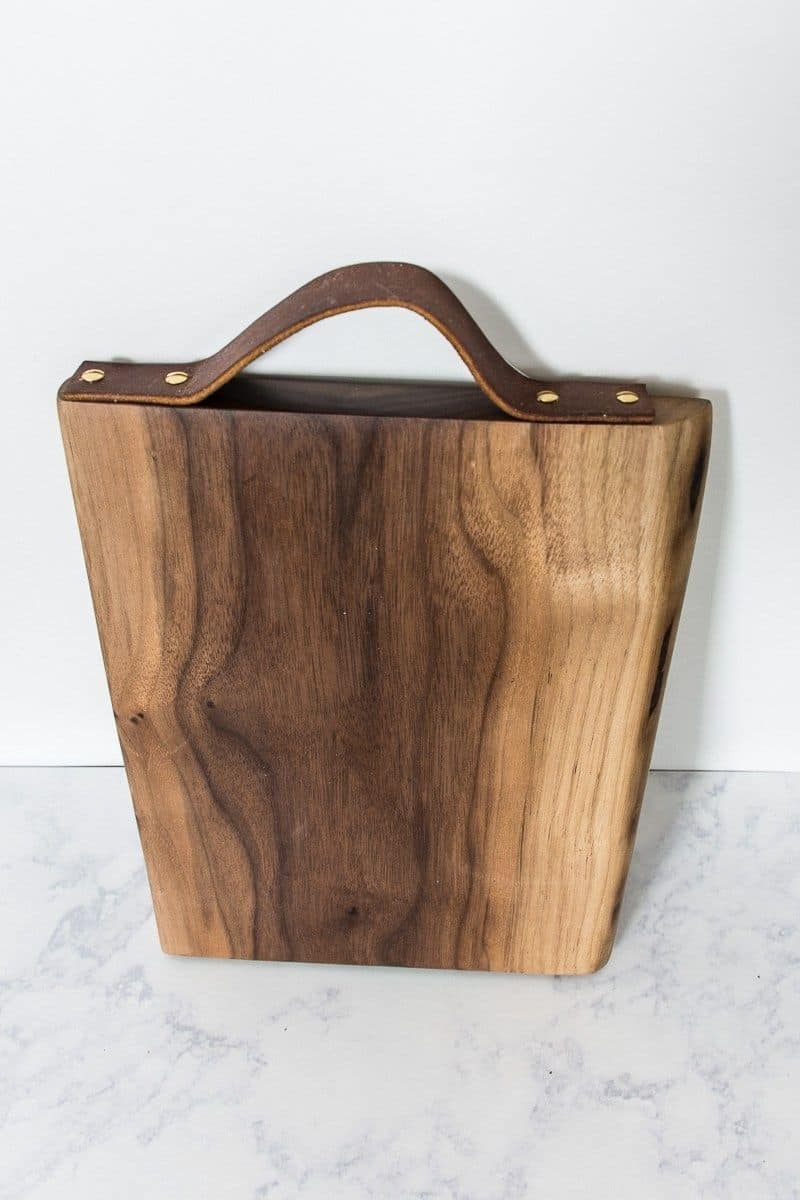
The provides a sturdy surface for , and the leather strap can be used to hang the up when not in use. To make your own leather , start by finding a that is the right size and shape for your kitchen.
Then, cut a piece of leather that is slightly larger than the . Next, the leather to the , making sure that the edges are evenly aligned. Finally, use a sharp knife to cut a slit in the leather strap, so that it can be looped over the . Hang your new leather in a convenient spot in your kitchen, and enjoy putting it to good use.
14. Foldable
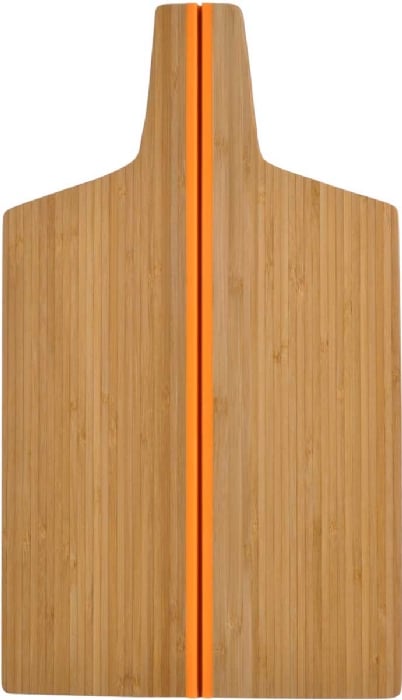
This folding, is the perfect solution if you’re looking for a that takes up minimal counter space, yet is still large enough to prep a meal. And it’s easy to make yourself! Simply start with a piece of sturdy plywood or MDF that’s at least 18 inches wide and 24 inches long.
Then use a circular saw to cut two parallel lines down the center of the , stopping about 3 inches from the top and bottom edges. Next, cut two more lines perpendicular to the first ones, also stopping about 3 inches from the edges. Finally, use a jigsaw to cut along the outside edges of the . To finish, sand all the edges smooth and apply a coat of food-safe mineral oil.
15. Bring in the Sleek Feature
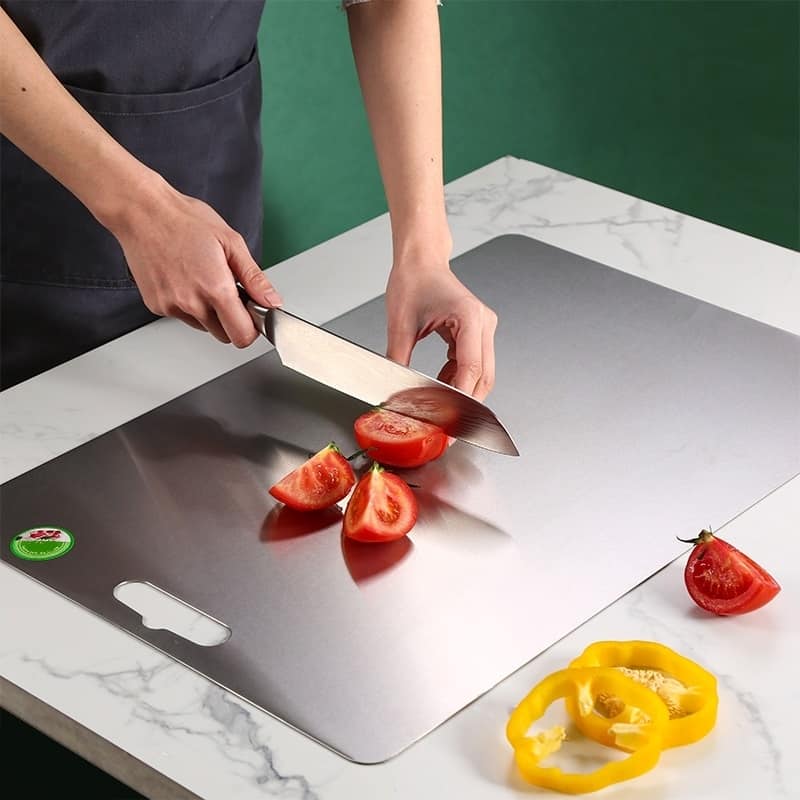
A metal material offers you a sleek and modern hint to your kitchen. It is also can be an adorable alternative if you want a budget friendly feature. If you want something more modern, try a sheet of stainless steel.
You can even have a sheet of metal custom-cut to fit your kitchen counters. Once you have your metal sheet, simply use a jigsaw to cut it to size. If you’re not comfortable working with power tools, you can always ask the hardware store to cut it for you.
16. An Elegant Hint at Its Best
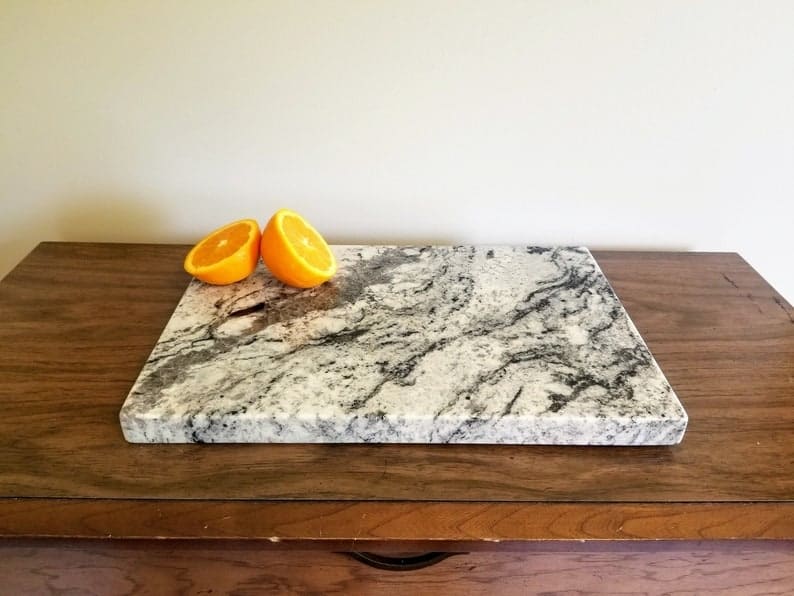
Stone is durable and resists chipping and cracking, making it a great option for busy kitchens. Plus, it’s easy to clean and won’t absorb bacteria the way some other materials can. When shopping for a stone , look for one that’s made of solid granite or marble. Avoid boards that are made of multiple pieces of stone glued together, as these are more likely to crack and break over time.
17. Tile
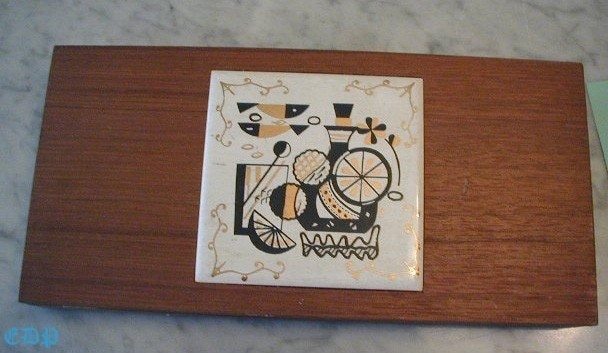
With a little creativity, you can turn a tile into a stylish and functional piece of kitchenware. Plus, tile is easy to clean and very durable, so it will withstand regular use. To make a tile , simply apply a layer of adhesive to the back of the tile and press it onto the surface of the . Once the adhesive has dried, you can use the as usual. For added protection, you can also seal the tile with a clear coat of sealant.
18. Small Cutting Board

A small is the perfect solution for those who want the convenience of a without the clutter. One simple option is to use a plywood. Cut a rectangle out of the wood with curvy edges, and then stamp it with the decorative piece as you desire. This will create a pretty hint of the surface that avoid a boring look.
19. Composite

Composite boards are made from a mixture of fibers and synthetic materials, which makes them resistant to warping and staining. Plus, they can be washed in the dishwasher without fear of damage. If you’re looking for a that will last for years to come, a composite is a great choice. Create a hole in the corner of the cutting board where you can hang it to the wall.
20.

It is often reversible, meaning that they can be used on both sides. This makes them ideal for large tasks, such as chopping a whole chicken.
can be found in a variety of sizes and shapes, so it is easy to find one that fits your needs. And if you’re looking for a unique twist on the traditional , there are a number of DIY options to choose from.
21. Make Use of the Reclaimed Wood
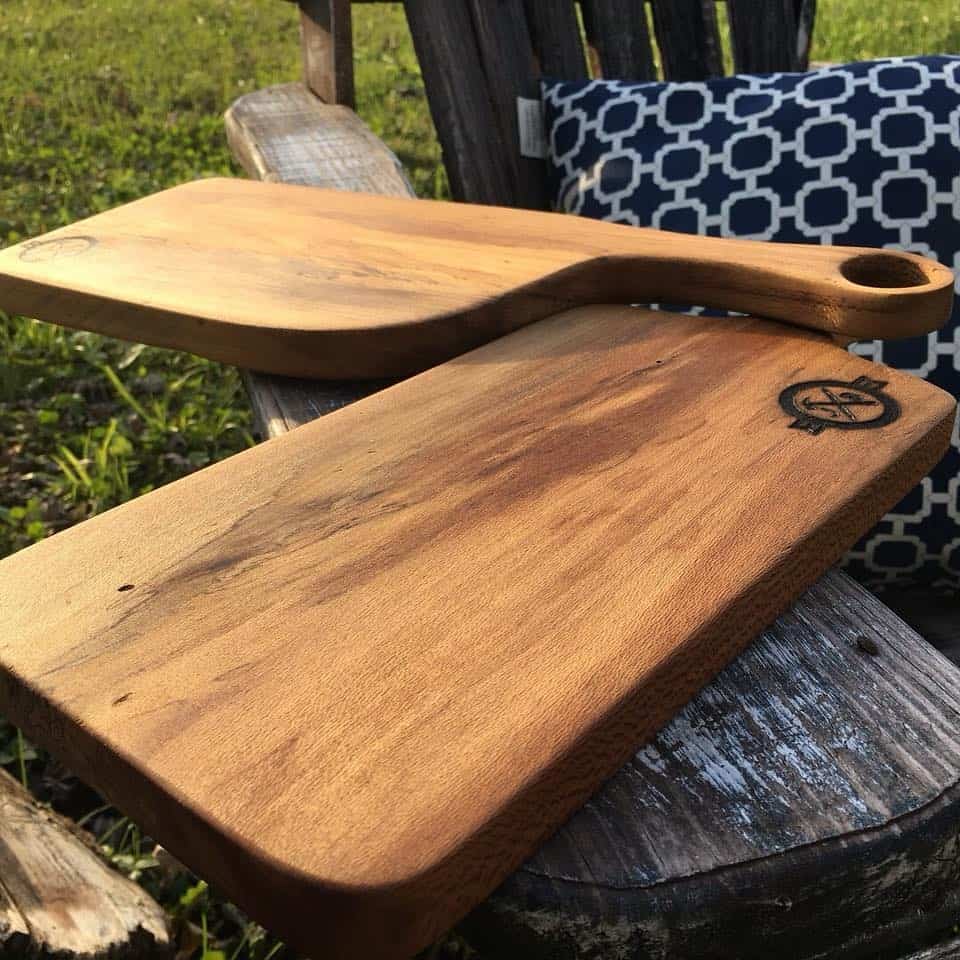
Reclaimed is strong and durable, making it ideal for a . Plus, it has a unique look that will add character to your kitchen. To make a reclaimed , start by sanding down the surface of the . Then, use a router to create a groove around the perimeter of the . Next, apply a food-safe finish to protect the . Finally, attach rubber feet to the bottom of the to prevent slipping.
22. DIY

are made from pieces of that have been cut perpendicular to the . This type of is incredibly durable and can withstand a lot of wear and tear. Plus, it looks beautiful when on display in your kitchen. If you’re looking for a that will result in a stunning , here are a few ideas to get you started.
One option is to create a paddled . To do this, you’ll need to together several pieces of , making sure that the grains are all oriented in the same direction. Once the has dried, you can then use a paddle sander to even out the surface.
23. Expose the Natural Wood
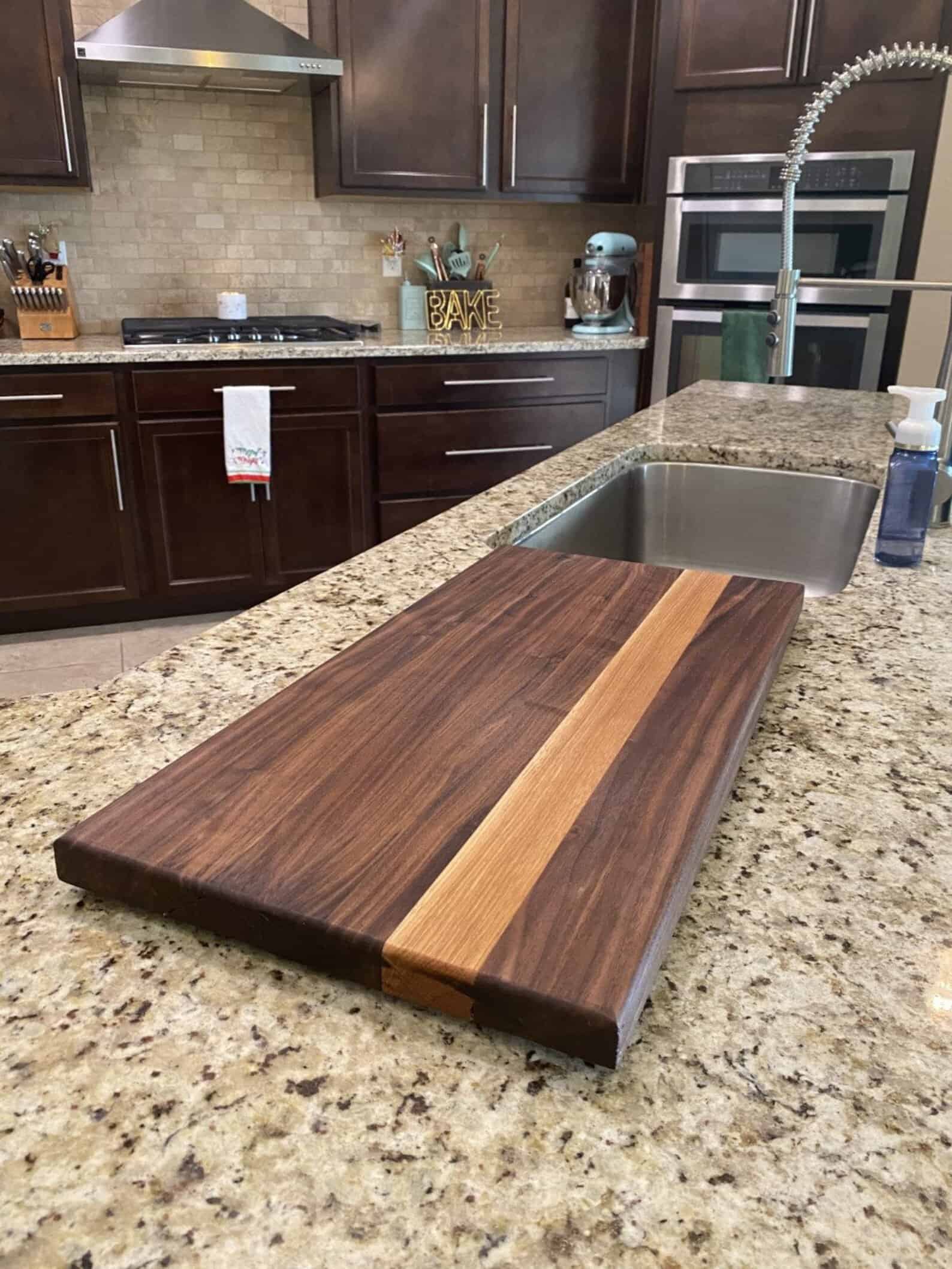
are made from strips of that are glued together, with the running horizontally. This type of is very strong and resists warping and cracking. Plus, the pattern is very attractive, making it a great option for a decorative . If you’re interested in making your own , here are a few tips.
First, start by selecting the you will use. Hardwoods like maple or cherry are ideal, as they are strong and resist wear and tear. You’ll need enough strips of to together to create the desired size of . Once you have your strips, it’s time to them together. Use a strong and the pieces together until the has dried completely. Once the is dry, sand the edges of the smooth and then finish with a food-safe oil or sealant.
24. Combine the Tile Together
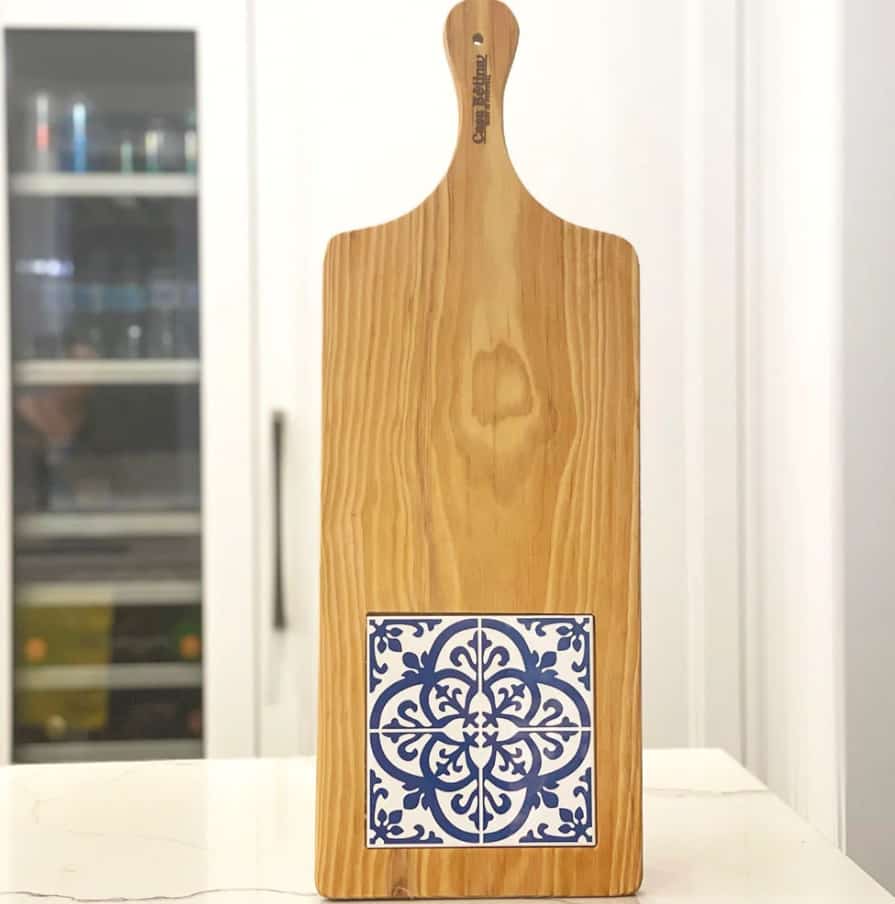
A backsplash is a type of a that has a raised lip around the edge to prevent food from falling off the counter. One option is to create a backsplash out of repurposed tile.
You can use leftover floor or wall tile to create a one-of-a-kind backsplash . Simply the tiles to a piece of plywood or MDF using construction adhesive. Be sure to leave enough space between the tiles so that food can’t fall through the cracks. Another option is to create a backsplash from scratch using molding.
You can find molding in a variety of materials and finishes at your local home improvement store. Cut the molding to size using a miter saw and then it in place around the edge of the plywood or MDF. Be sure to use a waterproof adhesive so that it can withstand being near water.
25. Acrylic
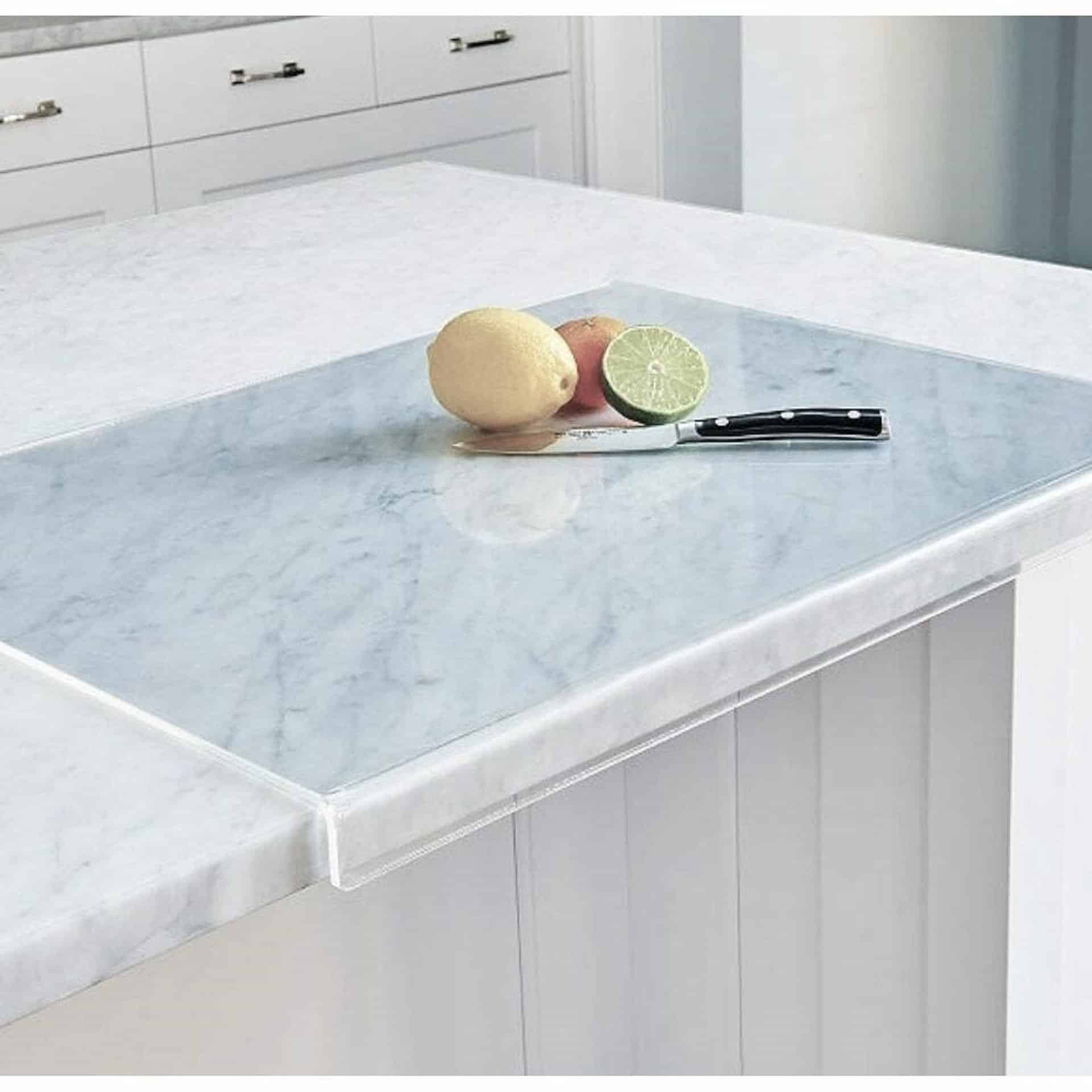
Acrylic is a clear, durable material that is easy to clean and maintain. It is also lightweight and shatter-resistant, making it a good choice for areas where glass are not recommended. In addition, acrylic can be customized with a variety of colors and designs, making them a fun and stylish addition to any kitchen.
The kitchen is one of the most important rooms in a home, and it’s also a great place to show your personality. These will help you do just that while also giving you a unique piece of kitchenware that you can be proud of.
